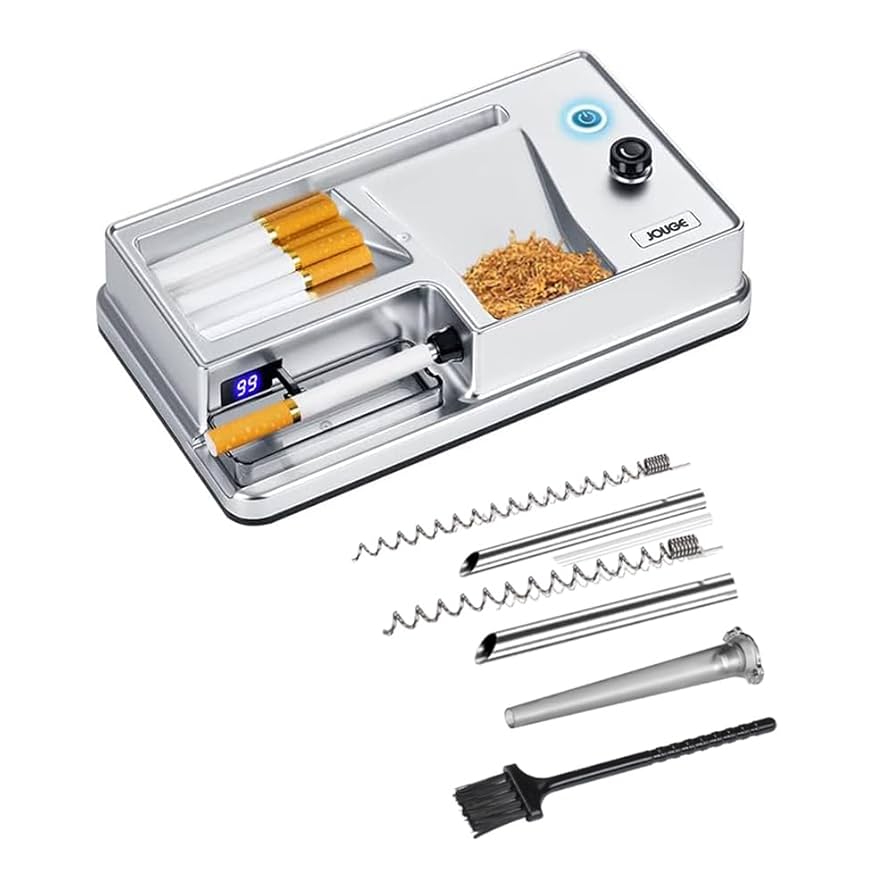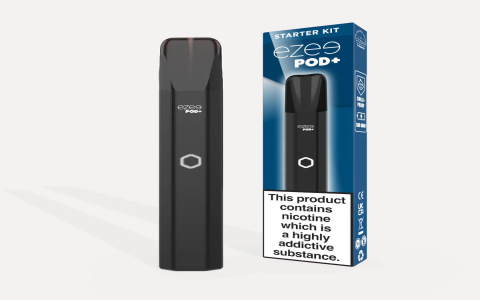Electronic cigarette filler, commonly referred to as e-liquid or vape juice, is the substance vaporized by an electronic cigarette device to produce an aerosol that is inhaled by the user. Understanding its composition and types is crucial for both user experience and device compatibility.
Core Components of E-cigarette Filler
Most e-cigarette fillers consist of several key ingredients:

- Propylene Glycol (PG): A synthetic organic compound that is colorless, odorless, and has a faintly sweet taste. In e-liquids, PG is known for carrying flavor effectively and providing a “throat hit,” a sensation similar to that of tobacco smoke. It has lower viscosity, making it suitable for certain types of vape devices.
- Vegetable Glycerin (VG): A natural chemical derived from vegetable oils. VG is a clear, odorless, and sweet-tasting viscous liquid. It is primarily responsible for producing dense vapor clouds. E-liquids with higher VG content are generally smoother and produce more vapor.
- Nicotine: An alkaloid found in the nightshade family of plants, predominantly in tobacco. It is an addictive stimulant. E-liquids are available in various nicotine strengths, including nicotine-free options. Nicotine can be in “freebase” form or as “nicotine salts.”
- Flavorings: Food-grade flavor concentrates are used to create a wide array of tastes, ranging from tobacco and menthol to fruit, dessert, and beverage profiles. The quality and type of flavorings significantly impact the overall vaping experience.
Types of E-cigarette Fillers
E-liquids can be categorized based on their nicotine type and PG/VG ratio:
- Freebase Nicotine E-liquids: This is the traditional form of nicotine used in e-liquids. Higher concentrations can produce a harsher throat hit.
- Nicotine Salt (Nic Salt) E-liquids: Nicotine salts are formulated to allow for higher nicotine concentrations with a smoother throat hit compared to freebase nicotine at similar levels. They are often preferred by users seeking a nicotine delivery system closer to traditional cigarettes and are commonly used in lower-power, pod-based devices.
- PG/VG Ratio Variations:
- High PG: (e.g., 70% PG / 30% VG or 60% PG / 40% VG) Offers a stronger throat hit and more intense flavor. Suitable for mouth-to-lung (MTL) devices.
- High VG: (e.g., 70% VG / 30% PG or 80% VG / 20% PG) Produces larger vapor clouds and a smoother inhale. Ideal for direct-to-lung (DTL) sub-ohm devices.
- Balanced (50/50): Offers a mix of good flavor, moderate throat hit, and decent vapor production. Versatile for various devices.
Considerations When Choosing a Filler
Selecting the right e-cigarette filler involves several factors:
- Device Compatibility: High VG liquids are thicker and may not wick efficiently in older or smaller devices designed for higher PG liquids, potentially leading to dry hits. Conversely, high PG liquids are thinner and may cause leaking in sub-ohm tanks designed for thicker juices.
- Desired Throat Hit: Higher PG content and freebase nicotine generally provide a more pronounced throat hit. VG and nicotine salts offer a smoother experience.
- Vapor Production: Higher VG content leads to denser and larger vapor clouds.
- Flavor Intensity: PG is a better carrier of flavor, so higher PG liquids may offer a more intense flavor profile, although modern high VG liquids can also deliver excellent flavor.
- Nicotine Strength: Strengths vary widely, from 0mg/mL (nicotine-free) up to 50mg/mL or higher in nicotine salt formulations (depending on regional regulations). Choice depends on individual nicotine dependence and preference.
Disclaimer: Electronic cigarettes and their fillers are intended for adult smokers. Nicotine is an addictive chemical. The long-term health effects of using electronic cigarettes are still under investigation.










